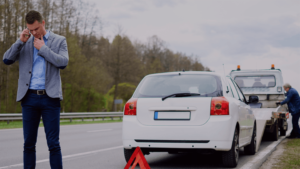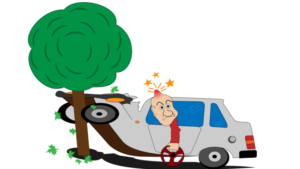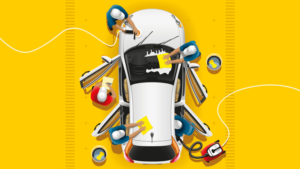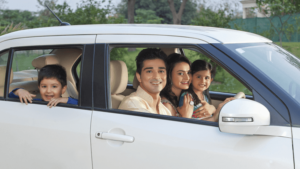-

What to do if your car or bike gets towed?
Say you are busy street-shopping in that crowded area of your city. You come back after two hours to find…
-

Why is an on-time renewal of car insurance policy important?
My friend Vinay was a very methodical person. He always did his things on time without fail. That is why…
-

How to prevent illnesses this monsoon
Enjoyable though the rainy season is, it can cost you “your health” if you aren’t careful. You’re at a high…
-

Keep the monsoons from raining on your car-parade
Monsoon is here! And, while you might stay safe inside, your car will be facing the rains head on. Your…
-

5 Long-Drive Destinations from Mumbai
After a hectic week, quality time with loved ones is what you always yearn for. What better rejuvenation for the…
-

8 ways to keep your car cool in summer
Ever wondered, why new lovers prefer to ride off into the sunset? It’s probably because they want to avoid being…
-

9 steps to take if your brakes go out
Imagine cruising down the road in your car at a high speed, and suddenly realizing that the brakes are not…
-

8 tips to keep your car cool
Summers are here, and it’s not just you who is getting scorched in the heat. Your car needs as much…
-

Is your car safe for kids?
All parents know that it’s a tedious task to make kids comfortable in the car, especially when they are between…


